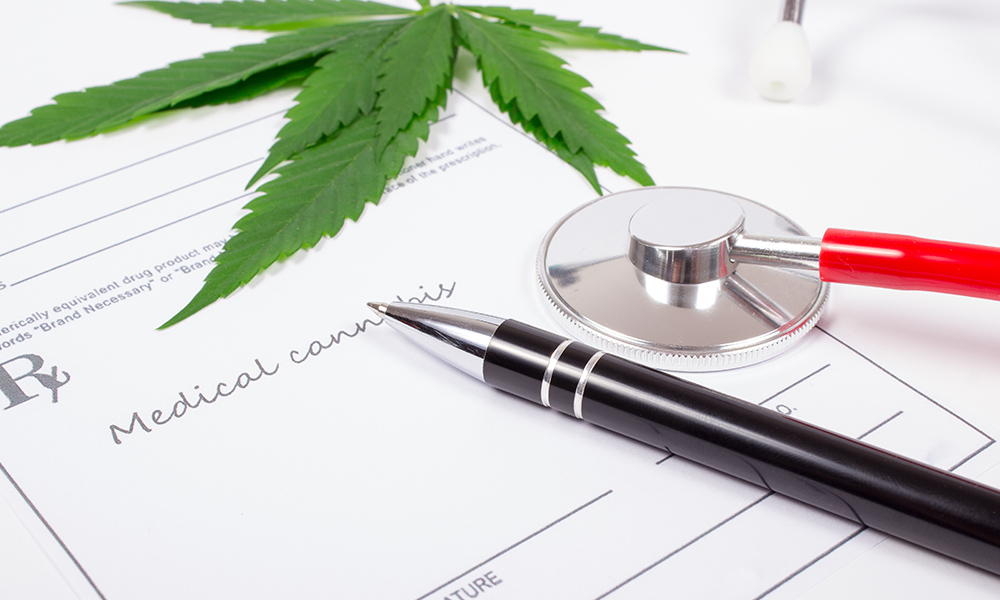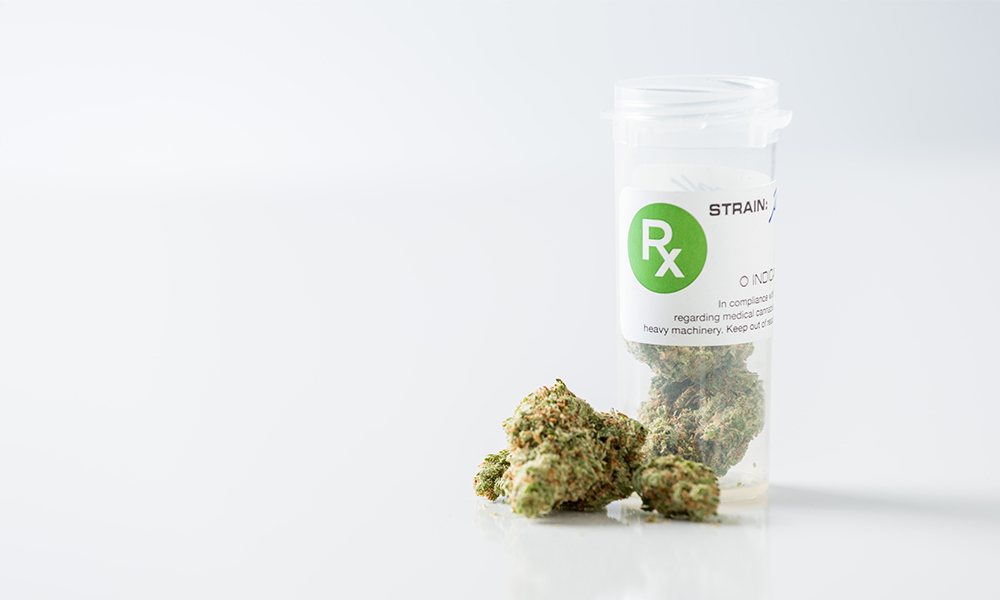Cannabis has a long history of being used for self-treatment of certain ailments and governments in many states have begun legislation for cannabis medical uses. Currently, 36 states have legalized medical cannabis and the number continues to grow each year.
Cannabis Medical Uses On The Rise
Cannabis medical research is still in the early stages but here’s a list of ailments that doctors are currently prescribing cannabis for:
- Alzheimer’s disease: THC is believed to slow the proteins that contribute to Alzheimer’s.
- Amyotrophic lateral sclerosis (ALS): THC works as an antioxidant and anti-inflammatory which might slow damage to nerve cells in ALS patients.
- HIV/AIDS: cannabis can increase appetite, relieve nausea, and pain associated with HIV and AIDS symptoms.
- Cancer: cannabis relieves pain and nausea associated with cancer treatments.
- Crohn’s disease: cannabis is believed to help with inflammation, pain, and sleep.
- Epilepsy and seizures: many patients report a decrease in seizure frequency and better sleep.
- Multiple sclerosis: this disease affects the nervous system and studies show cannabis eases muscle spasms and stiffness.
- Severe and chronic pain: THC’s anti-inflammatory properties can reduce pain.
- Nausea: cannabinoids can block hormones that interact with the gastrointestinal tract and can ease nausea symptoms.
Medical Cannabis Side Effects
Research is still being done as to the safety of using medical cannabis. It is important to consult a doctor to get the correct dosage before trying to self-medicate. Each person’s experience with cannabis is unique. Some possible side effects include:
- Dizziness
- Hallucinations
- Impaired memory and concentration
- Increases heart rate
- Increased appetite
- Vomiting
For many people, the benefits outweigh the risks and they report immediate relief. It’s also important to make sure you tell your medical professional about every medication you are on to prevent any negative interactions with cannabis. Research is still being done on how medical cannabis interacts with the effectiveness of other medications.
How To Use Medical Cannabis
Medical cannabis comes in many forms such as:
- Dried buds
- Pill
- Syringe
- Topical
- Vape Oil
Many medical professionals caution against smoking medical cannabis because it is harsh on the lungs. Some prefer vaping over smoking bud because it is “cleaner”; however, anything you put in your lungs can cause problems. Cannabinoid syringes are gaining in popularity because the product is extremely clean and you can control the exact dosage. The pill form is another way to control the dosage with precision, however, the ingestion method can take up to two hours for the effects to kick in. Pills may not be the best option if you’re looking for immediate relief.
Wrap Up
Research regarding cannabis medical uses is still in the very early stages. Some conditions and diseases such as cancer, pain, and nausea have more research than other conditions. It’s also important to keep in mind that cannabis usually is treating symptoms and not directly treating the condition. Self-treating with cannabis can be dangerous because it can mask a more serious underlying problem. Overall, medical cannabis is here to stay and as more research is done we will likely see more benefits for everyday ailments it can treat.



